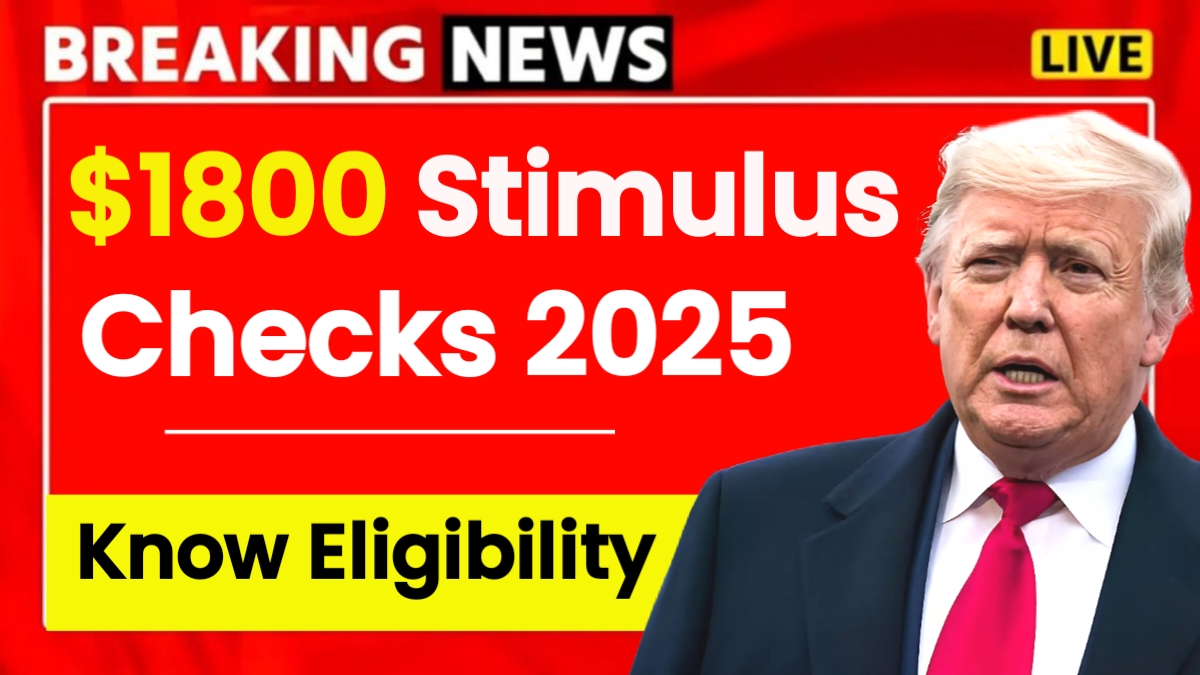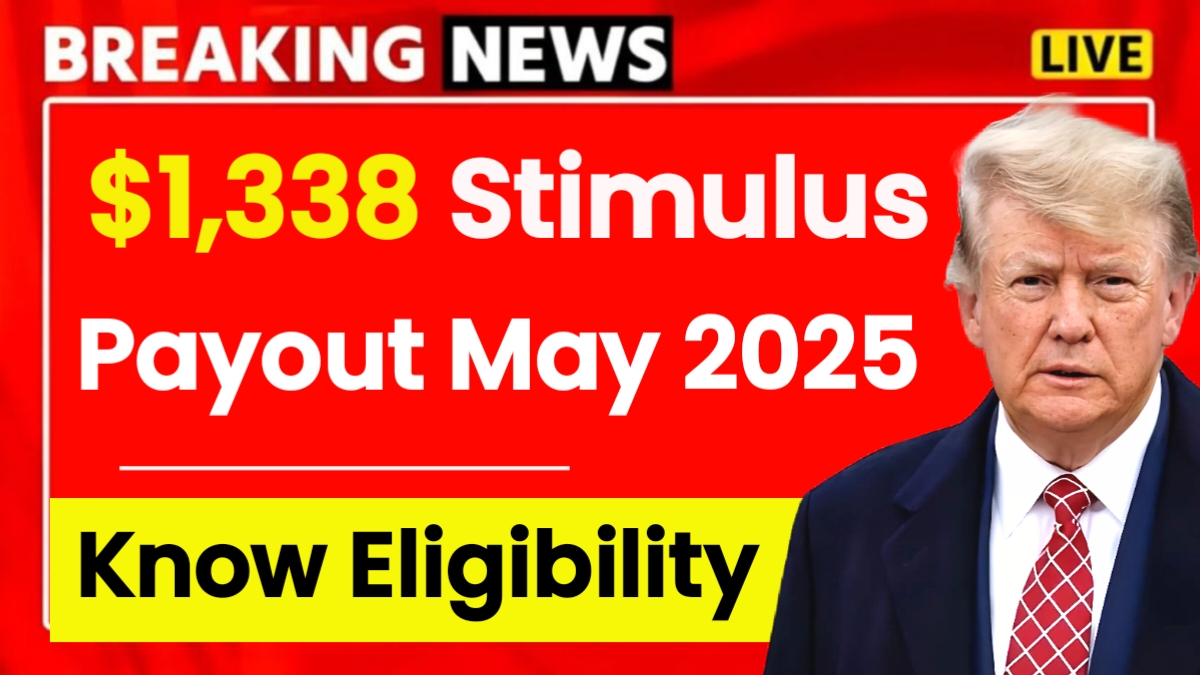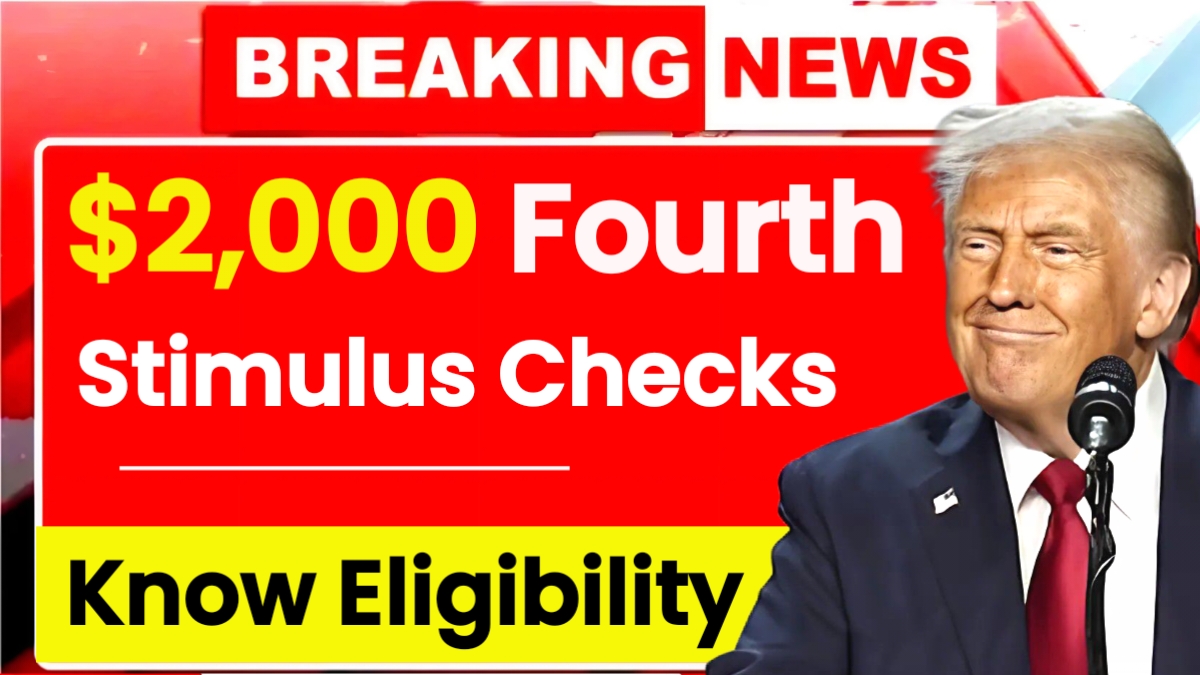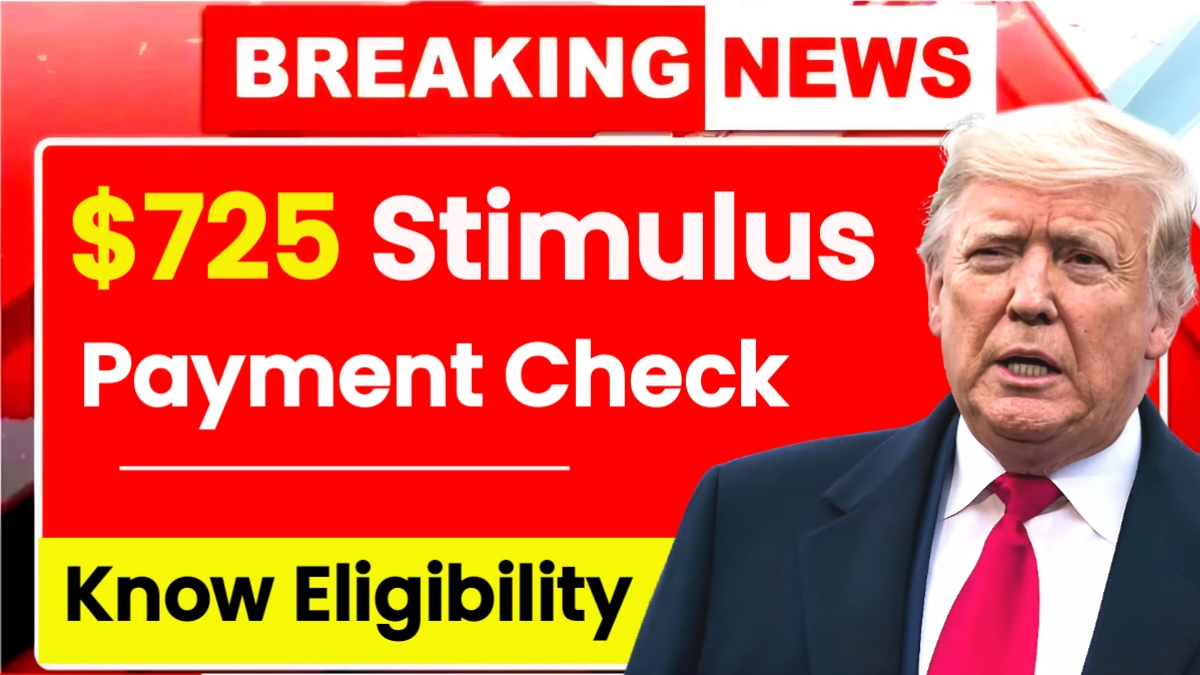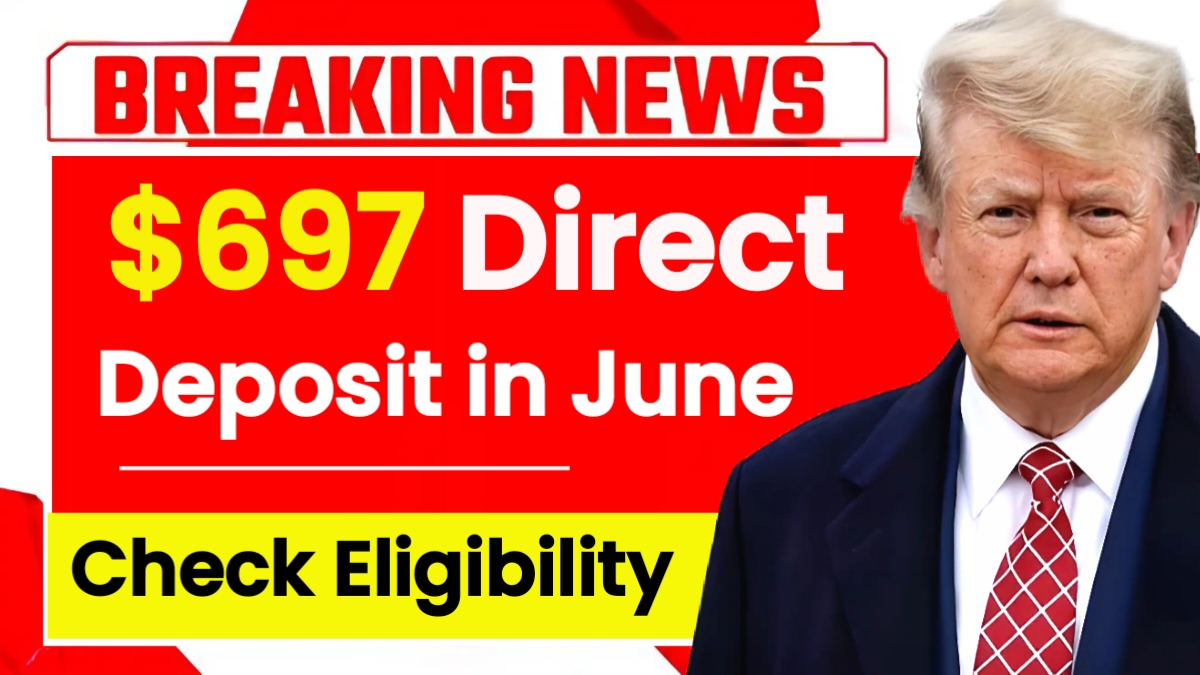$1800 Stimulus Checks 2025: The possibility of $1800 stimulus checks in 2025 has captured widespread attention across the United States as millions of Americans continue to face financial challenges. While economic indicators show some improvement, many families are still dealing with high costs of living, stagnant wages, and rising expenses for basic necessities. This proposed financial relief could provide crucial support to households struggling to make ends meet.
Understanding the Proposed Relief Program
The $1800 stimulus payment proposal represents a significant government initiative designed to provide direct financial assistance to eligible Americans. This one-time payment would function as an Economic Impact Payment, similar to previous stimulus rounds distributed during times of economic hardship. The Internal Revenue Service would manage the distribution process, utilizing established systems and protocols developed during earlier stimulus programs.
The proposed amount of $1800 per eligible individual reflects current economic realities and inflation impacts on household budgets. Unlike previous stimulus payments, this proposal specifically aims to address ongoing financial pressures affecting working families, retirees, veterans, and low-income households who continue to face elevated costs for housing, food, and healthcare services.
Eligibility Criteria and Income Requirements
The eligibility framework for the proposed $1800 stimulus checks would likely mirror previous stimulus programs with specific income thresholds determining qualification. Single taxpayers with an Adjusted Gross Income below $75,000 would receive the full payment amount, while those earning between $75,000 and $99,000 would receive reduced payments through a phase-out system.
Married couples filing joint tax returns would qualify for full payments if their combined income stays below $150,000, with payments gradually decreasing for couples earning up to $198,000. Families with qualifying children under age seventeen could receive additional payments per dependent, providing extra support for households with higher expenses related to childcare and education.
Importantly, the program would include non-filers such as seniors receiving Social Security benefits and veterans with disability compensation, ensuring that vulnerable populations who may not file regular tax returns still receive assistance. Having current tax filings or updated information with the IRS would be essential for determining eligibility and payment amounts.
Payment Distribution Methods and Timeline
The IRS would utilize multiple delivery methods to ensure all eligible recipients receive their payments efficiently. Direct deposit would serve as the primary and fastest distribution method for individuals who have provided banking information to the IRS through previous tax filings or stimulus payments. This electronic transfer system typically processes payments within days of authorization.
Recipients without banking information on file would receive paper checks mailed to their registered addresses, though this method requires additional processing time and postal delivery. Some individuals might receive prepaid debit cards as an alternative delivery method, particularly useful for those without traditional banking relationships.
To minimize delays and ensure smooth payment processing, individuals should verify that their contact information and banking details remain current with the IRS. The agency provides online tools and resources to help taxpayers update their information and track payment status once distribution begins.
Current Status and Future Developments
As of now, the $1800 stimulus payment remains a proposed initiative rather than confirmed legislation. The proposal must navigate the legislative process, including congressional approval and presidential authorization, before the IRS can begin distributing payments to eligible Americans.
Growing economic concerns and continued financial pressures on American households have generated increasing support for additional stimulus measures. The structure and eligibility criteria for this proposed payment draw heavily from successful previous stimulus programs, suggesting familiarity with implementation processes.
Citizens interested in staying informed about developments should monitor official government sources, including IRS announcements and legislative updates from Congress. The IRS website provides the most reliable information regarding stimulus payment programs and would serve as the primary source for official confirmation and distribution details.
Disclaimer: The information presented in this article is based on proposed legislation that has not yet been officially approved or enacted. Payment amounts, eligibility criteria, and distribution methods are subject to change based on final legislative action. Readers should verify current information through official government sources, particularly the IRS website, before making any financial decisions based on this proposed program. This article is for informational purposes only and does not constitute financial or legal advice.
